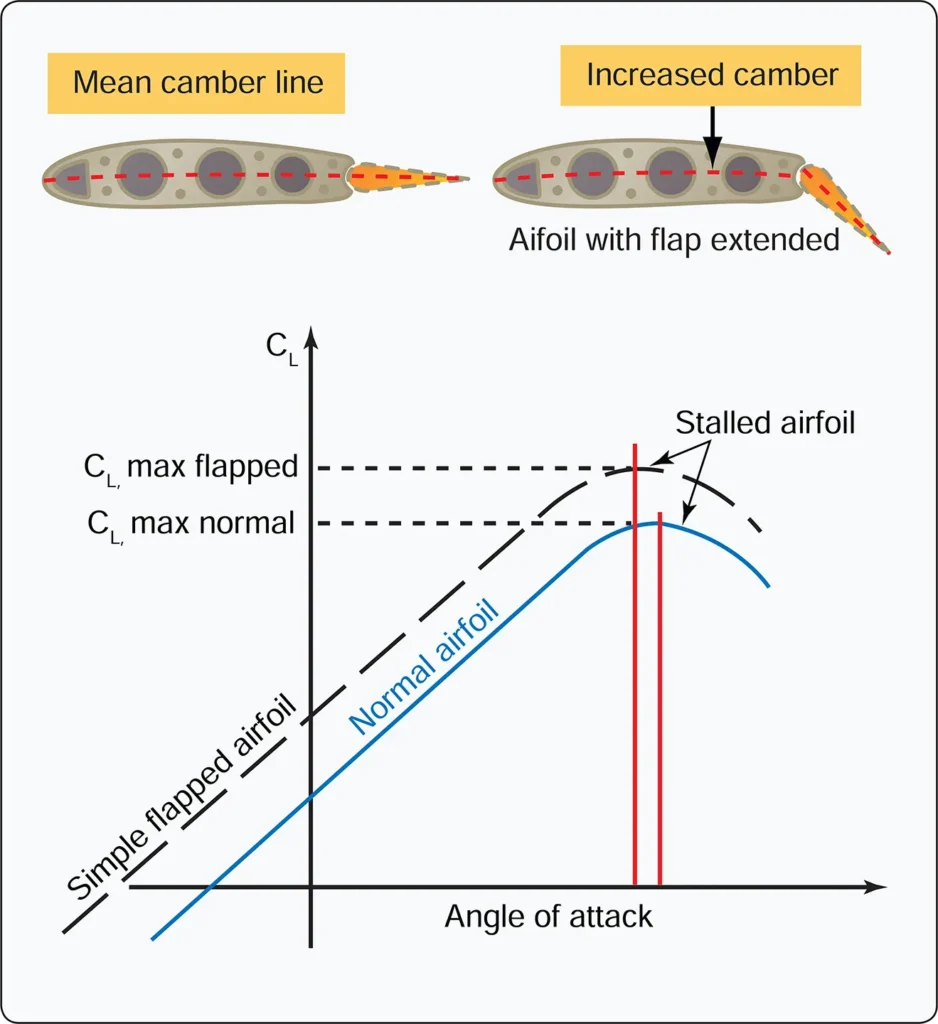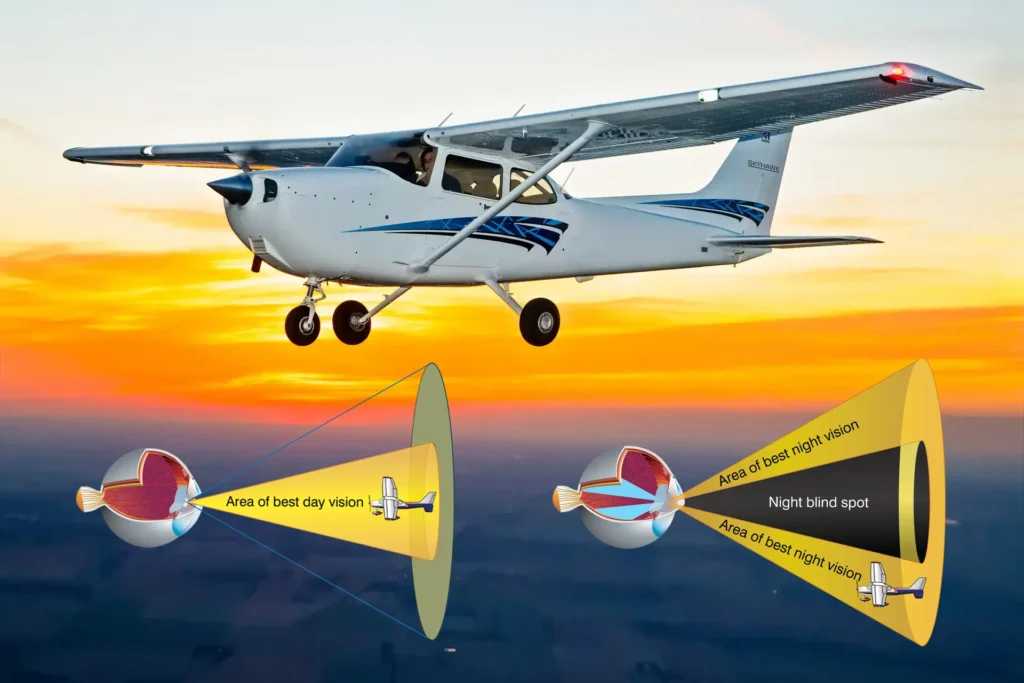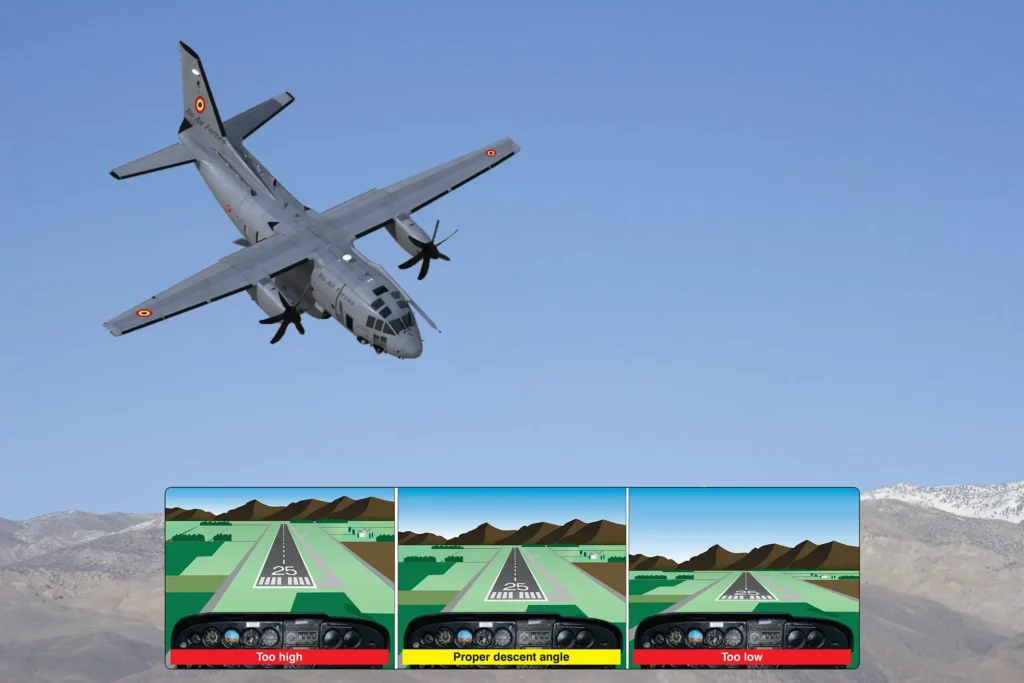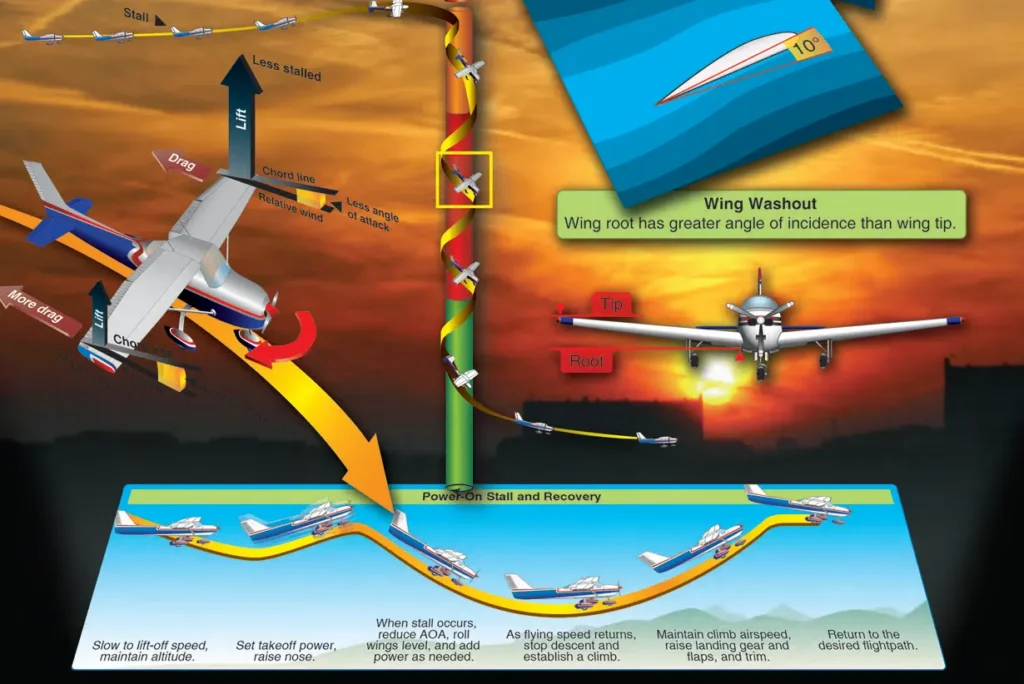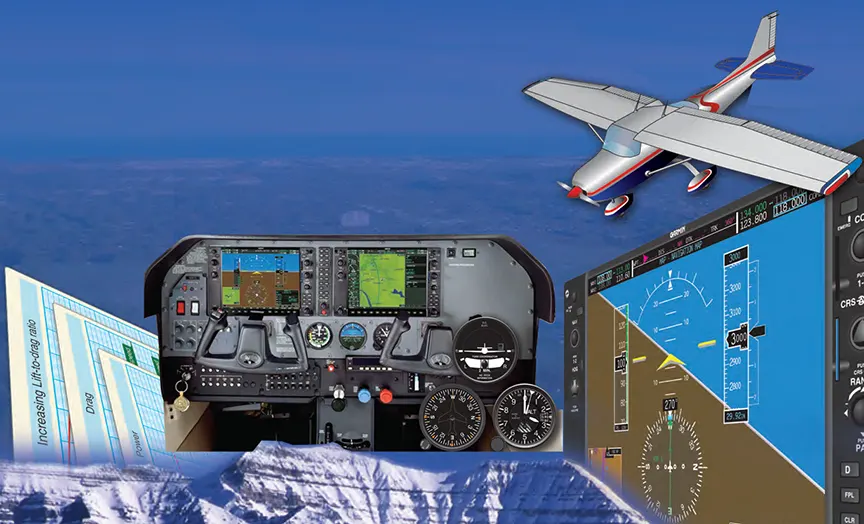Transition to Complex Airplanes
Airplane Flying, Flying TrainingA high-performance airplane is defined as an airplane with an engine capable of developing more than 200 horsepower. A complex airplane means an airplane that has a retractable landing gear, flaps, and a controllable pitch propeller, including airplanes equipped with an engine control system consisting of a digital computer and associated accessories for controlling the […]

